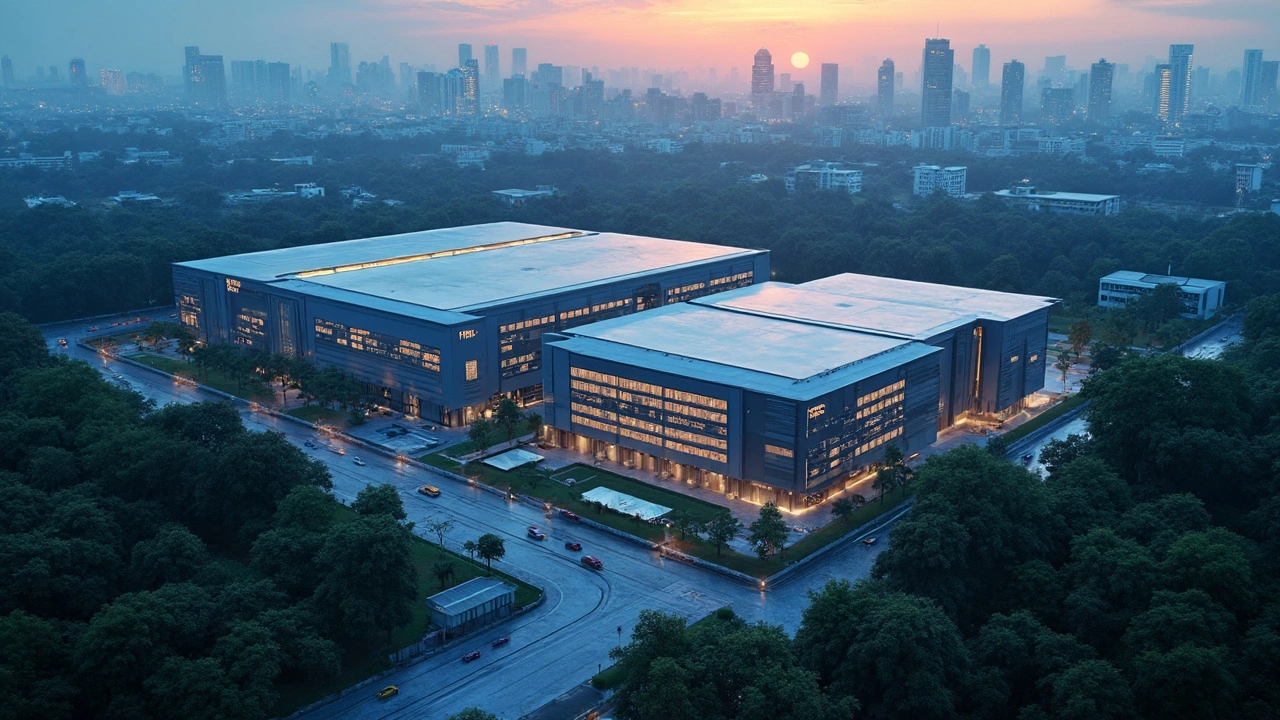Tier 3 Logistics & Delivery: What You Need to Know
Running a business in a Tier 3 city comes with its own set of challenges – longer distances, fewer carriers, and tighter budgets. The good news? With the right strategies you can cut costs, speed up deliveries, and keep customers happy. Below you’ll find straight‑forward advice that works for small‑to‑mid sized operations, plus quick links to deeper guides on e‑commerce delivery, warehouse management, and international shipping.
Smart Shipping Choices for Tier 3 Areas
First, pick the right carrier. Big names like FedEx or UPS may offer nationwide coverage, but they often charge premium rates for remote locations. Look for regional couriers that specialize in Tier‑3 routes – they usually have local hubs and can negotiate lower per‑mile rates. Our guide on How Much Should I Get Paid Per Mile as a Delivery Driver? breaks down the math so you can compare offers side by side.
Second, bundle shipments whenever possible. If you’re sending multiple parcels to nearby towns, consolidating them into a single pallet saves handling fees and reduces the number of trips. The article Proven Ways to Save Money on International Shipping in 2025 also shares tricks that apply to domestic freight, like using flat‑rate boxes and pre‑negotiated contracts.
Warehouse Management That Fits Tier 3 Budgets
Space is often at a premium outside metro hubs, so a flexible Warehouse Management System (WMS) can make a huge difference. Our piece What Does WMS Mean? Warehouse Management System Explained walks you through essential features – real‑time inventory tracking, pick‑and‑pack optimization, and cloud‑based reporting – without the need for big‑ticket software.
If you’re just starting out, consider a modular solution that grows with you. Many WMS providers offer pay‑as‑you‑go plans, letting you add modules for barcode scanning or multi‑location syncing only when you need them. This way you avoid paying for unused features while still getting the benefits of automation.
Finally, don’t overlook the power of a well‑planned layout. Simple aisle adjustments, proper lighting, and clear labeling can cut order‑picking time by up to 30 %. Our Warehouse Solution Explained article gives a quick checklist you can apply on the spot.
Whether you’re handling last‑mile deliveries, setting up a small fulfillment center, or figuring out how to ship internationally from a Tier 3 base, the key is to stay flexible and keep an eye on cost drivers. Use the resources above to fine‑tune each piece of your supply chain, and you’ll see faster deliveries, happier customers, and a healthier bottom line.
Understanding Tier 1, Tier 2, Tier 3, and Tier 4 Data Centers
Data centers come in different tiers, each with its own level of reliability and resilience. These tiers, from 1 to 4, help businesses choose the right setup based on their needs and risk tolerance. Tier 1 is the most basic, while Tier 4 offers the highest level of redundancy and security. Understanding these tiers ensures you can make an informed decision for your company's data storage requirements. Gain insights into what each tier offers for better reliability and performance.
Read More